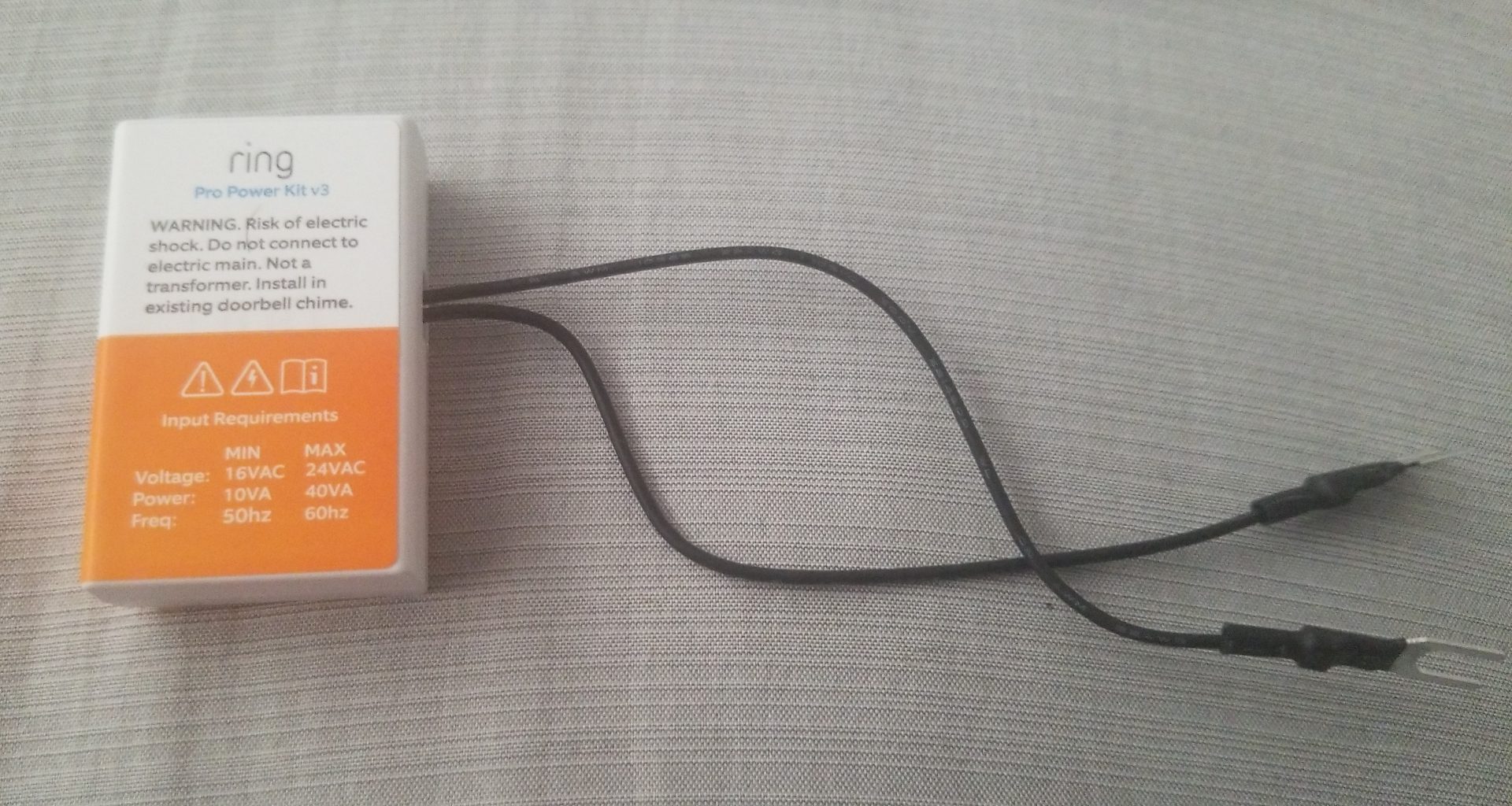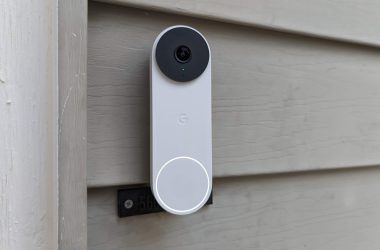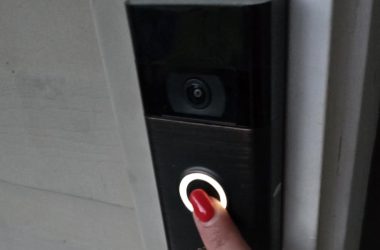Key Takeaways
- The Ring jumper cable bypasses the chime, providing full power to the Ring Doorbell.
- To install a Ring jumper cable:
- Turn off power at the breaker.
- Remove the chime cover and find the Front and Trans terminals.
- Disconnect wires, connect the jumper cable to both terminals, and secure all wires.
- Replace the cover, restore power, and test the doorbell.
When upgrading to a wired Ring Doorbell, the jumper cable disables the chime, directing full power to your Ring for optimal performance. But do you really need it? I’ll explain everything you need to know about Ring Doorbell jumper wire in this post.
What Is the Jumper Cable for Ring Doorbell?
The jumper cable for Ring Doorbell is a small wire used during installation to bypass your existing doorbell chime. It connects the two terminals on your chime, ensuring full power is directed to your Ring Doorbell.
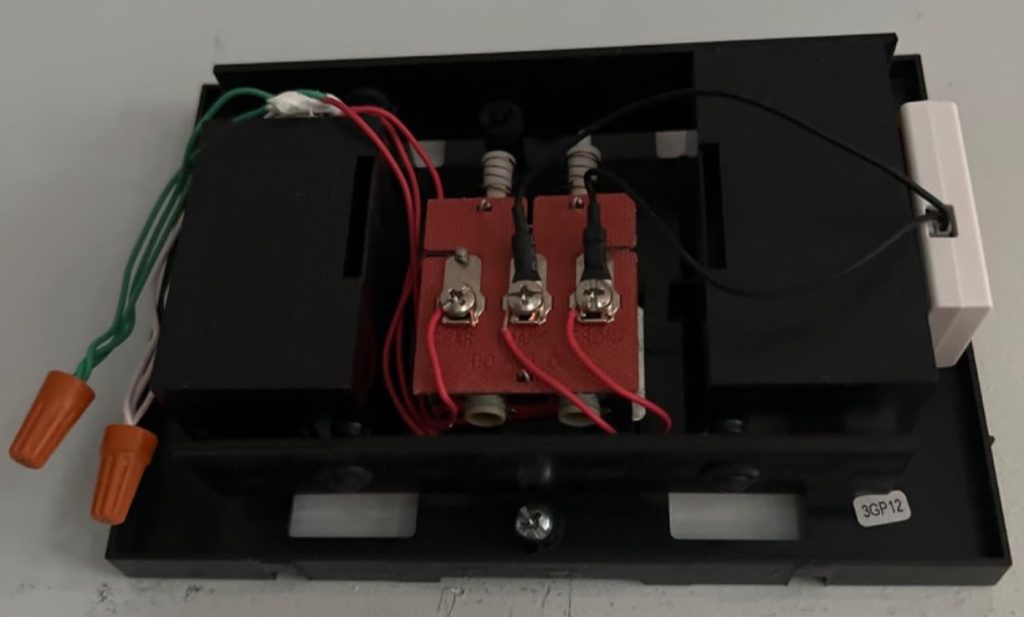
The jumper wire sending direct power from the transformer to the Ring Doorbell ensures stable power for video, motion detection, and two-way talk, while notifications are handled through mobile devices or other Ring devices.
Let’s explore why jumper cable is used in Ring doorbell installations:
- ⚡ Power Distribution: The jumper cable bypasses the chime, sending full power to the Ring Doorbell for advanced features like video recording and Wi-Fi.
- 🔄 Compatibility and Functionality: The jumper cable ensures older chime systems work with Ring, providing uninterrupted power without needing a full system upgrade.
- 🛠️ Installation Requirement: The jumper cable is required for installing the Ring Video Doorbell Wired, compatible with 10-24V AC systems (50/60 Hz, 20-40 VA max), ensuring safe and reliable power.
When Do I Need to Use the Jumper Cable for Ring Doorbell?
A Ring Jumper Cable is necessary when you’re installing a Ring Video Doorbell and want to bypass your existing mechanical doorbell chime. In particular, it’s used in setups where you want to maintain the power supply to the Ring doorbell without the mechanical chime interfering with the functionality.
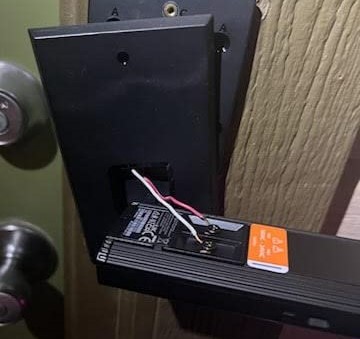
Here’s when a jumper cable is typically required:
- 🔔 Bypassing a Mechanical Chime: If you don’t want your mechanical doorbell chime to ring, the jumper cable is used to bypass the chime and ensure consistent power delivery to your Ring doorbell.
- ⚡ Ensuring Continuous Power: When bypassing the mechanical chime, the jumper cable ensures that the transformer provides uninterrupted power directly to the Ring doorbell, which is essential for continuous operation.
- ❌ Avoiding Chime Compatibility Issues: Some mechanical chimes may not be compatible with your Ring doorbell model, so using the jumper cable helps avoid issues by bypassing the chime completely.
How to Use the Jumper Cable Kit for the Ring Doorbell
Here’s a step-by-step installation guide for the Ring Jumper Cable:
- Turn Off Power: Switch off power to your Doorbell from the circuit breaker.
- Remove Doorbell Cover: Unscrew and remove the cover of your mechanical chime.
- Locate Terminals: Find the Front and Trans terminals inside the chime.
- Disconnect Wires: Detach wires from the Front and Trans terminals.
- Install Jumper Cable: Connect one end of the jumper cable to each terminal.
- Reconnect Wires: Ensure all wires are securely connected along with the jumper cable.
- Close Cover: Replace and secure the Doorbell chime cover.
- Restore Power: Turn the power back on at the breaker.
- Test Doorbell: Press the Ring button to check functionality.
Which Ring Doorbells Are Compatible With Jumper Cables?
The Ring Jumper Cable is compatible with several Ring doorbell models, primarily those that require a wired connection to function properly. Here are some models:
Which Jumper Cables Can I Use?
You can use both official and unofficial jumper cables with your Ring Doorbell. Below, I’ve explained the pros and cons of both.
1. Official Ring Jumper Cable
The official Ring Jumper Cable is included in Ring’s Spare Parts Kit, which has everything you need for installation and maintenance. The kit includes screws, brackets, and a screwdriver, offering a complete solution for keeping your Ring Doorbell working smoothly. Designed for Ring products, the jumper cable ensures easy installation and reliable performance.
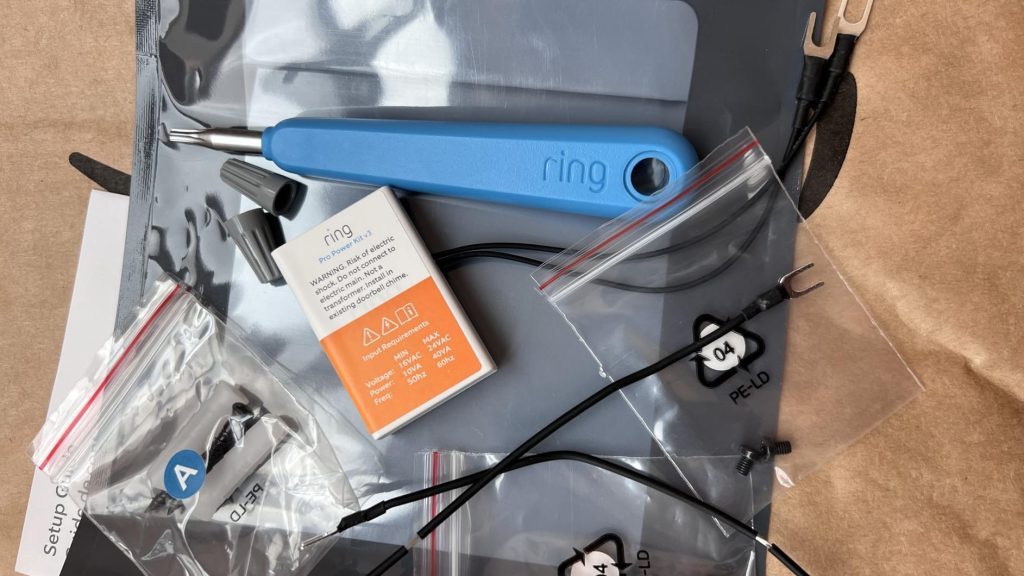
Pros and Cons
- Comprehensive kit with all necessary parts
- Includes a variety of screw sizes for compatibility
- Saves time and hassle in maintenance and upgrades
- May be pricey for those needing only a specific part
2. Other Jumper Cables
Unofficial jumper cables may seem like a cheaper option, but they come with risks. They aren’t designed for Ring’s specific power needs, which can lead to safety issues, poor power regulation, or voiding your warranty. In the long run, using an unofficial cable could cost more if it causes problems with your doorbell’s performance.
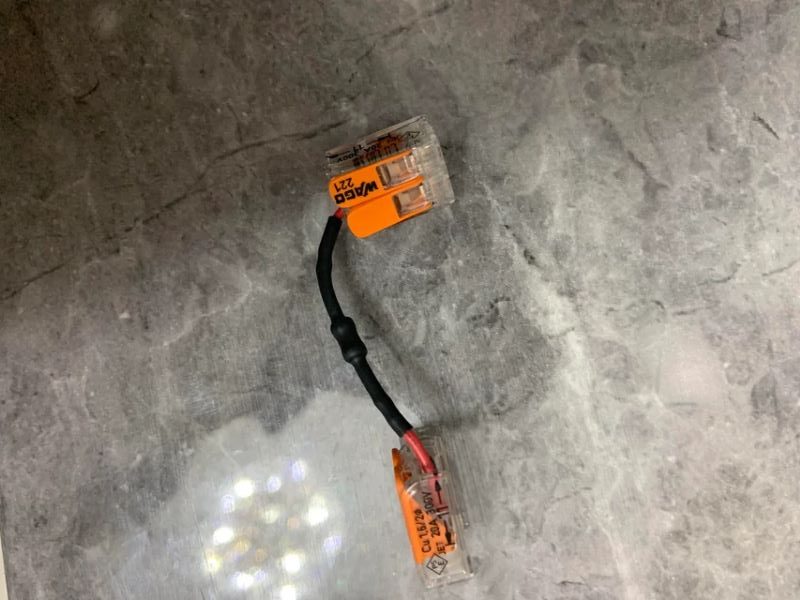
Pros and Cons
- Typically less expensive than the official one
- Differences in electrical specs can cause compatibility issues
- Poor power regulation may damage the device
- Using unofficial cables can void your warranty and limit support
- Installation is more complex, increasing the risk of errors
Is a Jumper Cable Necessary for Ring Doorbells?
You don’t need a jumper cable for your Ring Doorbell, but it’s recommended for consistent power and to disable the old chime. Here are some tips to get the most of your Ring devices:
- You can connect 2 Ring Doorbells to one transformer if it handles the combined power (16-24V AC, 30VA or higher).
- Ring Camera 5GHz or 2.4GHz both work fine: use 2.4GHz for better range and 5GHz for faster speeds.
- To prevent Ring Doorbell WiFi jamming, enable two-factor authentication, update firmware, separate IoT devices, or use a wired connection.
Frequently Asked Questions
What is Ring Doorbell Jumper Wire Purpose?
Do you need a Jumper Cable for the Ring Doorbell?
What happens if I don’t install the Jumper Cable on a Ring Doorbell?
What happens if you don’t have existing doorbell wiring?
Can I use the Ring Doorbell without jumper cable?
Yes, you can use the Ring Doorbell without a jumper cable, but it’s generally not recommended. The jumper cable is crucial for bypassing your old doorbell chime to maintain consistent power and ensure the system’s safety.






